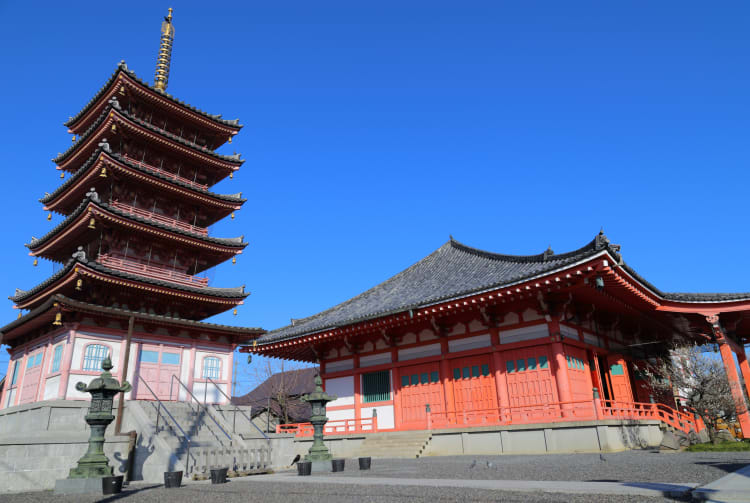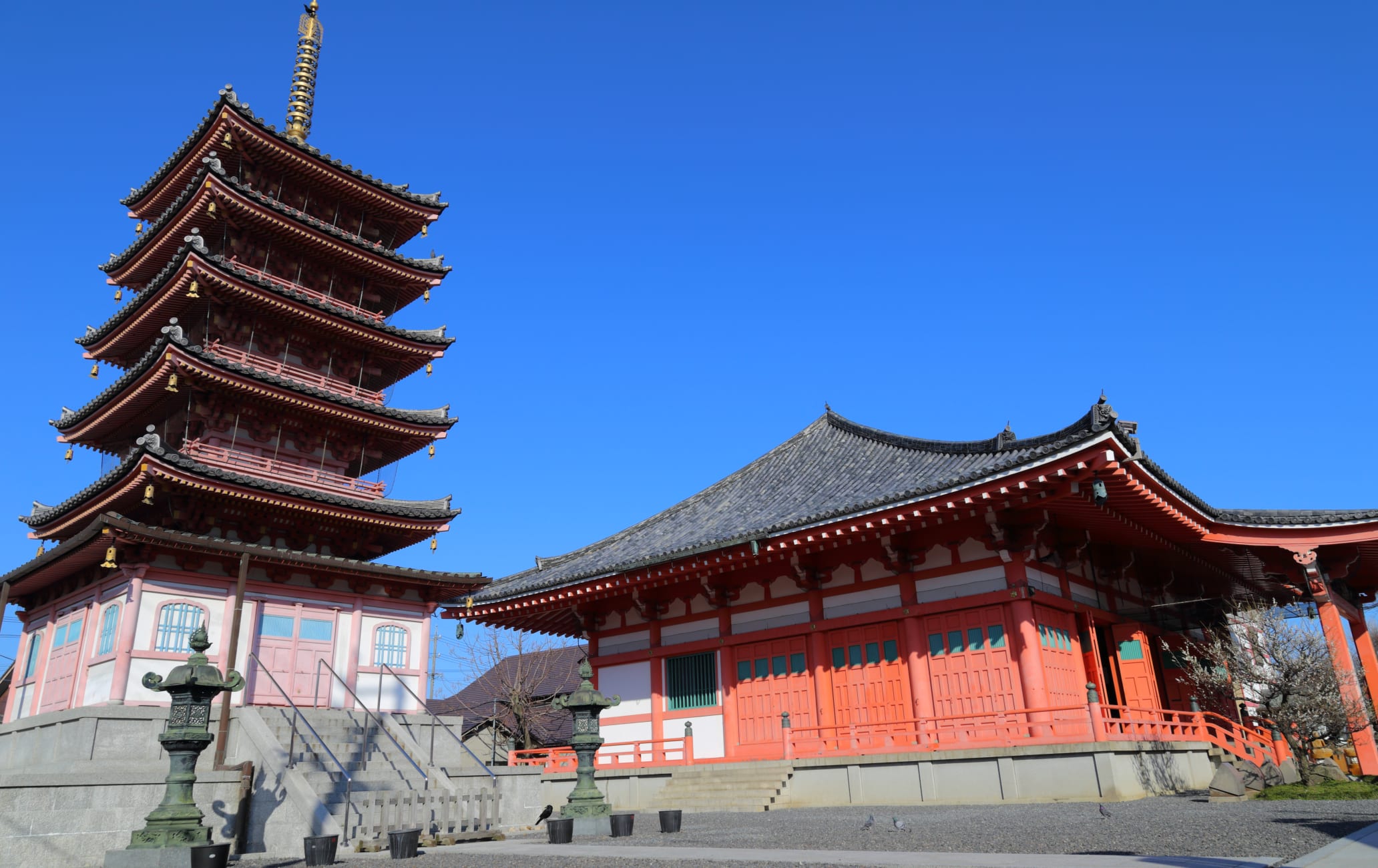A central location with a range of local dining, sightseeing, and leisure options
Tsu may lack the name recognition of larger cities in the region like Kyoto , Osaka , or Nagoya , but if you've settled on sampling the vast array of things to see and do in and around Mie , then you might want to check hotel room availability in Tsu. Basing excursions from one accommodation here will save you the hassle of checking in and out of hotels as you hop around Mie.
Don't Miss
- Matsusaka beef, a rich-flavored, heavily marbled beef
- Beautifully restored pagoda and other Buddhist architecture at Kannonji temple
- The "Mie Elephant" and more natural history at the Mie Prefectural Museum, also known as MieMu


How to Get There
Tsu is fairly easy to reach from Nagoya by train or ferry within an hour. The trip is a little longer at around 90 minutes if you're coming from downtown Osaka.
If you're flying into Japan via Chubu Centrair International Airport outside Nagoya, then the fastest access is a high-speed boat that will get you to the Tsu area in 45 minutes. From central Nagoya, the Limited Express from Nagoya Kintetsu Station takes 50 minutes, and the JR Kisei Line from Nagoya Station takes 55 minutes. If you're coming from Osaka, you can take the Kintetsu Line from Osaka Namba Station to reach the city in about 90 minutes. The local Ise Railway also serves the city.
Your base for exploring Mie
A central location in Mie is convenient if you plan to experience the variety of sights and activities around Mie Prefecture . Nearby attractions include the sacred grounds of Ise Shrine, auto racing and amusement at Suzuka Circuit , the theme park at Shima Spain Village, the relaxing waters of Yunoyama Onsen's hot springs, and the cyberpunk landscape of Yokkaichi's industrial waterfront at night.
Delicious foods in Tsu
If you're in Japan to savor the cuisine, then you may be interested to know about Matsusaka beef. Though not as famous as its cousin Kobe beef, it is still a flavorful meat that originates from the nearby city of the same name. It shouldn't be hard to find a restaurant serving the meat.

You'll discover other intriguing dishes as you explore Tsu. Ichigo daifuku is a little rice cake containing a strawberry and sweet bean paste filling. You may find other versions with different flavors as well. Grilled Japanese eel, also known as "unagi," is a popular summertime treat.
Sights and events around town
If you want to take in the sights and local history, you can go downtown to visit the park around the remains of Tsu Castle, where one tower has been rebuilt.
Another pretty place downtown for pictures is Kannonji Temple, where you'll find a courtyard in front of the main hall and the five-story pagoda standing to its left. Unlike much temple architecture, these two buildings are brightly painted and ornamented.
If you're in the area in late February, you may be lucky enough to see the beautiful Japanese apricot trees (also commonly called "plum trees") in bloom. Yuki Shrine on the north side of town is a particularly lovely place to view the flowers.
Farther north, near Ishinden Station on the Kisei Main Line, is Senjuji Temple, Mie's largest Buddhist temple. It is run by the New Pure Land Sect, which organizes a week-long Buddhist event called Oshichiya. It happens on January 9-16. The temple unveils national treasures housed there for public display during the festival. The Tsu Festival is held every year in October. The highlight is the Tojin Odori, a dance in which the performers dress in elaborate costumes based on those of the visitors, whom the locals back then found to be quite exotic.
If you're an art connoisseur, the Mie Prefectural Art Museum , located near Tsu Station, has a diverse collection by local artists, as well as renowned figures such as Monet, Renoir, and Dali.
Activities and fun for kids
If you've had your fill of culture and just want to have simple fun or relax, you can play on the sand and in the water at Niezaki beach.
Kids may also enjoy a trip to MieMu, a museum featuring displays on local natural history. Exhibits include topics like the Japanese giant salamander and a fossilized stegadon known as the "Mie Elephant," along with farming and fishing village exhibits.


























































